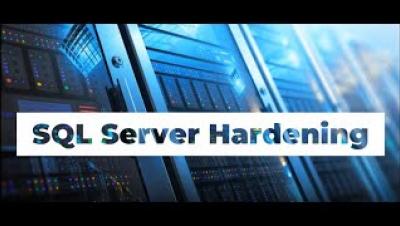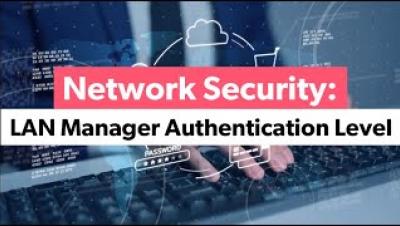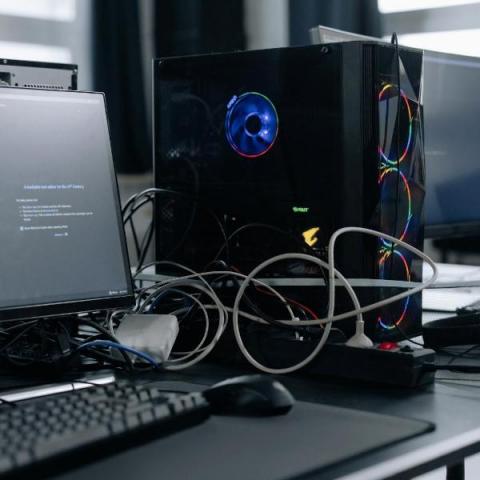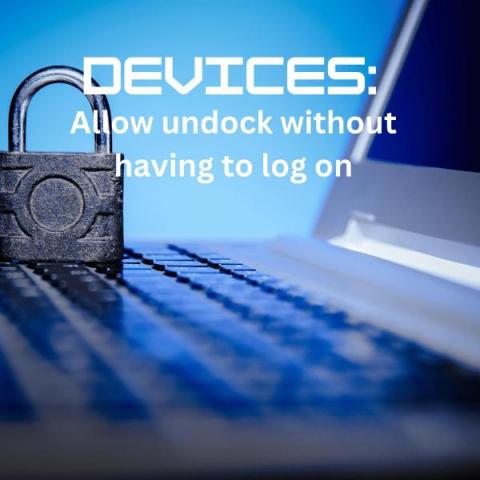SQL Server hardening
To safeguard the SQL layer against common SQL-based attacks, including Denial of Service, Brute Force, and SQL injections, and to prevent privilege escalations, hardening the SQL server is of utmost importance. Achieving compliance and satisfying auditors also necessitates SQL hardening. By implementing SQL hardening measures at both the application and operating system levels, the organization can significantly reduce its attack surface and eliminate critical vulnerabilities.









